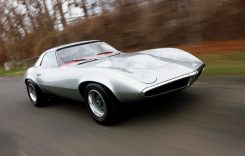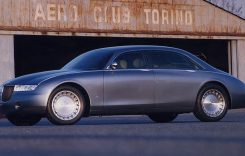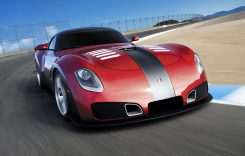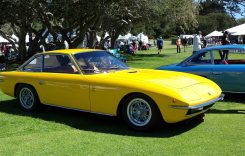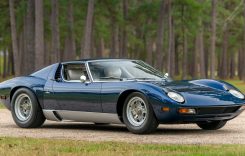When Mazda first introduced its concept car the Furai to the world back in 2007, it instantly captured the imagination and passion of the entire racing world with its eye catching design and revolutionary fuel technology. It holds the record in clean technology as the first race car with a three-rotor rotary engine being propelled solely on ethanol, a certified race car that runs on 100 percent renewable energy.
The Furai is the fusion and incarnation of the two thrusts that define Mazda and set the Japanese company apart from the rest. These include its dedication to instill the “Soul of a Sports Car” into every car that the company manufactures as well as its commitment to look forward to the future unencumbered by sometimes sentimental traditional views.
Mazda’s “Soul of a Sports Car” thrust is best exemplified by the company’s own tagline itself – the world famous Zoom-Zoom which playfully but accurately captured the spirit of motor racing that the company wants its customers to feel when driving any of its numerous cars.
True enough, Zoom-Zoom worked. At any given weekend, more Mazdas or Mazda-powered cars are zoom-zooming across North American road racings than any other brand. On the other hand, Mazda’s unwavering future-directed gaze is evident in its willingness to experiment with new technologies in order to meet today’s needs or solve current problems.
-6baeb.jpg)
This can be seen in its triumph of having made the first sports car fully powered by ethanol as the company’s own contribution to the worsening pollution and global warming problems. This is also apparent in all Mazda vehicles where the company is not shy in showcasing high tech developments in the auto industry into its production models.
Focus is all the more evident in the “Nagare” line of concept cars. Mazda introduced the first of the “Nagare” line by debuting the concept Mazda Nagare in Los Angeles in 2006. In quick succession, the rest of the line made their debuts: Mazda Ryuga, Mazda Hakaze and Mazda Taiki.
The last child of the Nagare line, the Furia, was ultimately launched on 2008 at Detriot and is the posted child of the group: stunningly futuristic in style and equally jaw dropping in performance. These qualities make it a true ambassador of the Zoom-Zoom Mazda trademark. Another exciting thing about the Furai is that it transcends the difference between track cars and supercars, a difference not many are very aware of.
Track cars are competitive beasts with all design considerations disregarded. Hence, they can go the faster and they’re able to survive the rigorous racing conditions to arrive in one piece at the finish line. Because of this, they are generally not legal to ride in actual roads.
On the other hand, super cars are generally not suitable for racing because they are not equipped to handle the demands of racing being road cars at heart. This is where the Furia comes in as it could be a comfortable fit as both a supercar and a track car.
And it is in the Furia that Mazda’s different approach to building a race car is imminent. Most supercar companies just borrow race car design concepts and mimic race car components and attach them to a road car.
The “Mazda way” is different; they make a real race car and incorporate the design elements of a sports car into it. That’s why the Furia features a Courage C65 chassis having been tested in actual racing during two seasons of LMP-2 endurance racing in the ALMS. As a result, this supercar completed a successful campaign during the 2005 and 2006 seasons under the MAZDASPEED Motorsports Development Banner by B-K Motorsports.
Driven by Jamie Bach, Guy Cosmo, Elliott Forbes-Robinson and Raphael Matos, the car managed one victory and nine podium finishes in 15 ALMS events. The car’s performance gained Bach and Cosmo the title of co-Rookies of the Year in 2005 while B-K was third in overall standing for 2005 and 2006.
The Mazda Furai concept also differs from the previous concepts in the Nagare line. The previous concepts may all be viewed as works in progress, as they are beautiful expressions of Mazda’s design philosophy but there’s still plenty to be improved. Furai owes to all its predecessors its sleek aerodynamic but still stunningly beautiful styling. In Furia, the epitome of design and functionality has been achieved which made some to consider the Furai as the car of an entire era.
